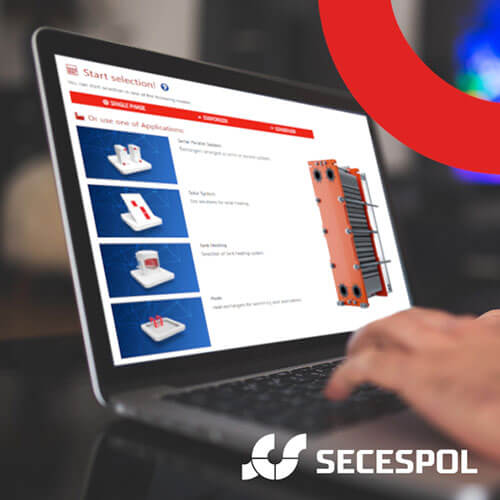
Heat Exchangers in Power Generation and District Heating Systems
Heat Exchangers in Power Generation and District Heating Systems
Introduction
Heat exchangers are one of the key components of energy infrastructure – from steam and gas blocks to combined heat and power plants (CHP) and municipal district heating systems. Their reliability, resistance to high operating parameters, and ease of maintenance directly translate into the availability of generating units and the efficiency of entire systems.
As a company with nearly 40 years of experience in the design, production, and modernization of heat exchangers, we deliver dozens of large-scale projects every year, a significant share of which are for the energy sector. This gives us an in-depth understanding of both the challenges of operating under demanding thermal and pressure conditions and the industry’s requirements regarding reliability and cost optimization in operation.
Applications of Heat Exchangers in Power Generation and District Heating
In power plants and CHP plants, heat exchangers are used in, among others:
- steam turbine condensers,
- feedwater heaters,
- oil condensers and coolers,
- waste heat recovery systems,
- heat transfer stations supplying district heating networks.
In district heating, exchangers form the heart of transmission systems – they are responsible for transferring energy from high-parameter networks to consumer installations, ensuring separation and safe operation.
Heat Exchangers and Power Block Efficiency
Properly designed heat exchangers improve the efficiency of power blocks by enabling:
- cycle regeneration – using extraction steam to preheat feedwater,
- optimized condensation – minimizing heat losses in condensers,
- waste heat recovery – in cogeneration and industrial systems,
- loss reduction in heating networks thanks to high-efficiency plate and shell-and-tube heat exchangers.
Each percentage point of efficiency improvement translates into millions in fuel savings and a tangible reduction in CO₂ emissions – which is why heat exchangers are a strategic element of power plant efficiency policies.
Selecting Heat Exchangers for High-Parameter Operation
Utility-scale power generation places the highest demands on exchangers. When designing equipment operating at temperatures above 500°C and pressures of several dozen bar, the key factors are:
- material selection – alloy steels, heat-resistant steels, and nickel alloys ensuring resistance to creep and corrosion,
- construction type – most often shell-and-tube exchangers, which combine mechanical durability with the ability to operate in large-scale units,
- adaptation to dynamic conditions – variable loads, thermal shocks, and medium quality (e.g., cooling water),
- maintainability – easy access to tubes and bundles, enabling cleaning and regeneration.
Our projects include both classic shell-and-tube designs and advanced modernizations of heat exchange systems in power blocks.
Operational Issues and Their Mitigation
The most common operational challenges include:
- scaling and fouling of heat transfer surfaces,
- stress corrosion cracking and crevice corrosion,
- tube erosion caused by high flow velocities,
- leaks resulting from thermal cycling,
- degradation of sealing materials.
Thanks to decades of experience, we have developed effective diagnostic methods (NDT), cleaning techniques, and design modifications that significantly extend the trouble-free service life of exchangers.
Every project we implement is treated as an investment in the long-term reliability and efficiency of our clients’ operations.




